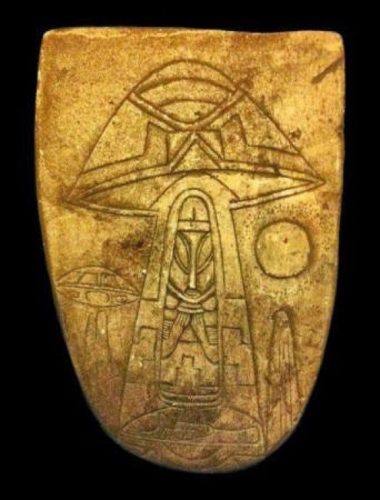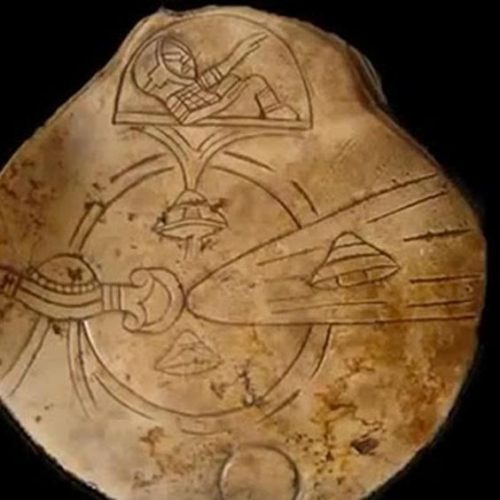
The mysteries of the universe have fascinated humanity for millennia. From the ancient civilizations that gazed upon the night sky to the modern-day astronomers peering through powerful telescopes, the cosmos continues to captivate our imagination. One of the most intriguing and enigmatic aspects of this cosmic tapestry is the Cygnus binary star system, which has been linked to events dating back to 15,000 B.C. In this article, we will embark on a journey to unveil the fascinating connection between the Cygnus binary stars and Earth’s ancient history.
The Cygnus Binary Star System
Cygnus, often referred to as the “Swan” constellation, is home to a binary star system. Binary stars are pairs of stars that orbit around a common center of mass. In the case of Cygnus, this binary system consists of two stars, Cygnus A and Cygnus B. The Cygnus constellation is notable for its distinctive shape, resembling a flying swan with outstretched wings. It is visible in the night sky of the northern hemisphere and has captured the attention of astronomers and stargazers for centuries.
Ancient Connections
What makes the Cygnus binary star system particularly intriguing is its connection to events that transpired in ancient history, as far back as 15,000 B.C. Archaeological discoveries and historical evidence suggest that the people of that era were aware of the Cygnus constellation and its significance. Stone tablets, artifacts, and carvings found in various parts of the world, including Turkey and North America, bear witness to the interest and knowledge ancient civilizations had regarding Cygnus.
The Stone Tablets
These mysterious stone tablets, often inscribed with intricate symbols and depictions, are believed to hold the key to understanding the connection between the Cygnus binary stars and ancient Earth. The tablets, some of which have been dated to 15,000 B.C., raise a multitude of questions. How did the ancient people have knowledge of the Cygnus binary system, which is only visible through advanced telescopes? What drove them to document this celestial connection?

Cygnus Binary Star Beings
One prevailing theory is that the stone tablets and artifacts left behind by these ancient civilizations suggest the presence of extraterrestrial beings associated with the Cygnus binary star system. These beings are thought to have visited Earth in the distant past, leaving behind traces of their existence through these enigmatic stone tablets. The symbols and depictions on these tablets have been interpreted by some researchers as representations of these Cygnus binary star beings, who may have played a significant role in shaping human history.
Unearthing the Past
As researchers and archaeologists delve deeper into the study of these stone tablets, a clearer picture of the Cygnus binary star connection begins to emerge. The enigma surrounding the ancient extraterrestrial visitors from Cygnus and their interactions with Earth becomes more tangible. By deciphering the symbols and studying the artifacts, experts hope to gain insights into the intentions and impact of these beings on our planet.

The Quest for Knowledge
The study of the Cygnus binary star connection from 15,000 B.C. is a testament to humanity’s relentless pursuit of knowledge. It exemplifies our curiosity about the universe and the history of our own planet. While many questions remain unanswered, the stone tablets and artifacts continue to serve as windows into a past that challenges our understanding of ancient civilizations and the cosmos.
The Cygnus binary star connection from 15,000 B.C. remains a captivating enigma that invites us to explore the intersections of history, astronomy, and extraterrestrial contact. The evidence left behind by ancient civilizations in the form of stone tablets and artifacts provides a tantalizing glimpse into a past where the stars in the night sky held profound significance. As we continue to unravel the mysteries of the universe, the Cygnus binary star system stands as a beacon of wonder and curiosity, connecting us to our ancient history and to the vast cosmos beyond.







